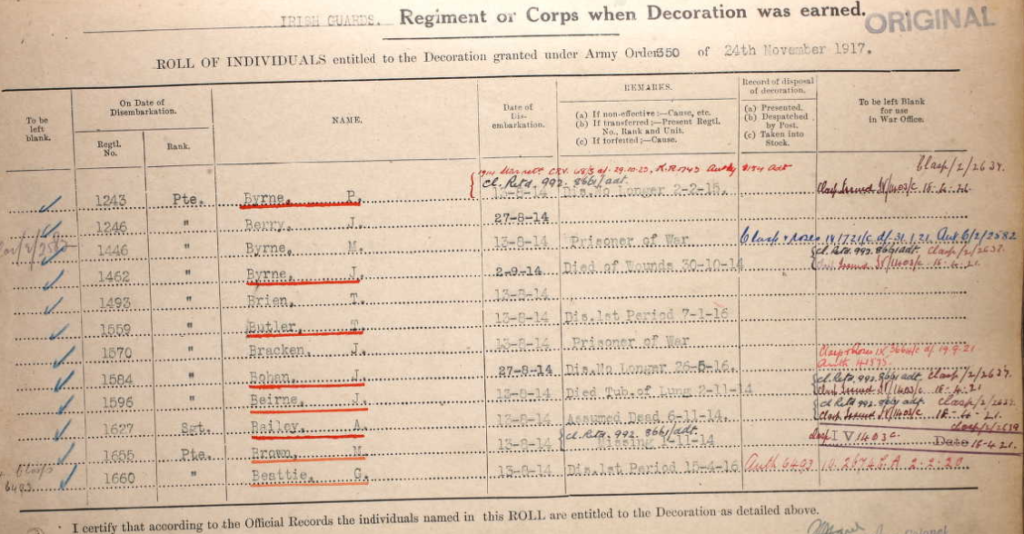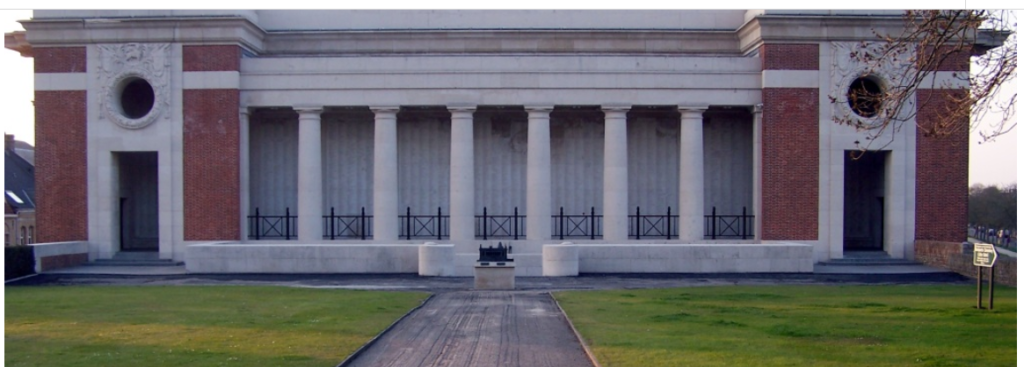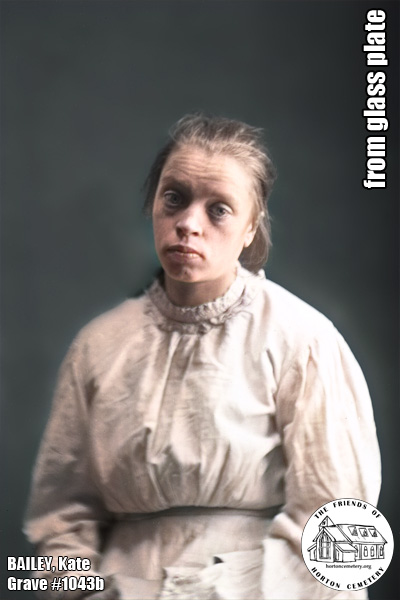b.1882-d.1914
Kate Bailey née Cheer was born in 1882 in Abingdon, Berkshire to a farming family. Unfortunately, there is little cheer in this family’s story, which makes for a very sad read, tinged with a little mystery as to why her life unravelled.
It is most sad because her death in 1914 left two very young children who were then to lose their father later that year at Ypres, fighting in WW1.
Born to a Farming Family
In 1881 Kate’s family were living in Sutton Wick, in Berkshire and her father Charles was a retired farmer. By the time Kate arrives in 1882 they had moved and she was born in the final quarter of 1882 in Abingdon, Berkshire. Her father Charles is now a farm worker and his wife Sarah is shown as twenty years younger than her husband.
In 1891, the Cheer family are living at ‘Old Thrupp’ which is a farm in Abingdon and they are a big family. Charles is by now 63 years old. There are 8 children:
Edward (Henry Charles) b. 1871; Mary b.1872; Florence b.1877; Amy b.1878; Joseph b.1879; Letty b.1881; Kate b.1883 and Ferdinand Leopold b.1888.
Thrupp today consists of only a main house and (two) cottages but the documentary evidence in particular suggests that this hamlet was more significant in the medieval period, if always relatively small. Only limited archaeological work has taken place, with some small trenches in gardens to the east of Thrupp Cottages producing thirteenth-century gullies and c.500 sherds of medieval pottery.
Kate Appears in the Asylum Records
Kate is just 17 years old when she enters the Berkshire Asylum (known as Fair Mile) on February 11th 1899, for a reason as yet unknown.
At Fair Mile, patients were typically diagnosed as suffering from either mania, melancholia or dementia, and they were subjected to what was known as the ‘moral regime’. Put simply, the Victorians believed that pleasant scenery, fresh air, bland food and keeping busy would help you get well.
Kate has a very long stay there and is only discharged ‘recovered’ on September 3rd 1900. What would lead to an extended stay? Perhaps she was prone to depression at this young age.
In 1901, we find Kate living as a domestic servant at 106, Bullingdon Road in Oxford in the house of a dairyman.
Marriage
At some point Kate appears to have moved to London because in the first quarter of 1908 Kate marries Abraham Bailey in Kensington. He was a soldier and is already a sergeant in the Irish Guards. How she came to be in London is unknown.
Abraham’s Family
Abraham was born in Clonfonlough, Offaly, Ireland in 1885 to Joseph Bailey and Martha Cruise.
By 1901 his father appears to have died and he was living in Park, Shannon Harbour, King’s Co., Ireland, with his mother Martha, a much older brother Robert (28 years) and a granddaughter, named Hannah who was just a year old. Abraham is working as a telegraph messenger.
Children
Kate was evidently pregnant when she married Abraham. Their firstborn, Isabel Kate was born on May 31st 1908.
There is already a vulnerability about Kate and given her long stay in Fair Mile Asylum we might question whether she was strong enough to cope with a child.
We can imagine that her husband has army duties and this may have involved being away from his new family.
Two years later, on May 26th 1910, Kate gave birth to Gladys Maud Ethel. It is very soon after the birth of Gladys that Kate goes to the Manor asylum, literally within a few days of the birth.
Kate is admitted to Manor on June 9th 1910. She remains at Manor for four years. We might guess that the birth of her daughter was the last straw for Kate’s mental health. Perhaps the family felt that she was incapable of looking after the children.
Gladys Maud Ethel was baptised on June 15th 1910 in St Anne’s Soho. The address given for the family at the baptism is Blenheim Barracks in Aldershot, where Abraham must have been based. Both parents are named but it is not clear whether Abraham is present either.
Imagine that sad scene of a baptism without the mother present. Imagine poor Kate, just days after giving birth separated from her child. Imagine the despair Abraham might have felt.
1911 Census
Abraham was living in 15 Castle Street, Athlone, Westmeath in 1911. Castle Street was the location of the army barracks at that time; he was still a sergeant in the Irish Guards. He is recorded as single in the census, the reason for this being unclear. For sure, he was away from his children.
Interestingly the 1911 census for Castle Street, just a couple of doors away was living a Margaret Rice, a widow with 5 children. The whole family went down with the Titanic. It is always fascinating to think that one of the people in the Horton stories may well have known this lady and her boys and possibly told the story of his conversations and interactions with the victims of the tragedy.
What happened to the children?
In the 1911 Census, both children Isabel and Gladys are boarders in the house of William and Rose May Fuggle in Commercial Road Paddington. They are not shown as related to the head of the household. A check for Rose May confirms that she was not an aunt by marriage.
Kate’s Time in Manor Hospital
The visitor book tells us that Abraham did visit Kate once. There are several addresses given for him. Her sister Mrs L Clarke (Letty) visits at least three times. She visited on September 13th 1913. She remarries at some point and her name becomes Mrs L Bishop, living in Paddock Wood at 3 Bermondsey Villa.
Kate dies on May 19th 1914. On the visitor notes for Kate, it states that her husband will attend the funeral. Kate was buried in Horton Cemetery on May 25th 1914 in plot 1043b.
Abraham goes to War
With regiment no.1627, Sergeant Abraham Bailey, of the Irish Guards 1st Battalion, joins the war effort and travels to France in WW1. Imagine the grief he must have felt for a wife who has just died and two young children who he is not able to care for.
He disembarks in France on August 13th 1914. We can assume that he was part of many of the great battles of that time and it is during one of the Ypres battles that he goes missing, presumed dead, on November 6th 1914.
Latterly, he received the British War Medal, the Star and the Victory Medal as did all WW1 servicemen.


In November 1914 the Manor Asylum notes say that letters to him have been returned ‘not known’ and also ‘reported missing’.
Abraham is remembered on the Ypres (Menin Gate) Memorial in Belgium on panel 11. If any reader should visit at any time, it would be good to have a photograph to add to our records for Kate’s husband. There are 54,000 names on the memorial.

What happened to the children?
The pension records for Abraham indicate that his sister-in-law Letty Clarks (Clarke) is the guardian of his children. There is documentation referring to his effects in a ledger for Aldershot Barracks and this also confirms Letty as the guardian.
In the Census in 1921, we find Isabel Kate, the oldest daughter is living with her aunt Letty Bailey in 3 Spa Villas, Paddock Wood, Brenchley, Kent. Also in the house is Hilary, Letty’s husband a grocer’s assistant and two sons, Maurice b.1908 and George b.1918. The record states that both parents are alive but we know this in not accurate. Perhaps given that Isabel had been with Letty and Hilary since she was two years old, they now considered her a daughter.
In 1921 we find Gladys Maud Ethel living at 2 Coverleigh Villas, Paddock Wood, Brenchley, Kent. She is still living with the Fuggle family – William and Rose May and their daughters Lily Orpha and Elsie. This might suggest that there is a family link with the Fuggles yet to be discovered. We are told that Gladys was born in Queen Charlotte’s Hospital, London.
And so ends a tragic story…for now
There are descendants on Ancestry, one of whom is in touch with the researcher. A mutual sharing of details about the family has helped to add to the profile we have. One descendant, living in Australia said,
My great grandmother Maria Jane Bailey was devastated when they got the notice Abraham had died, my grandfather told me the story. She herself died in 1920 from TB.
We also expect to potentially find case notes for Kate Bailey. This will help us to understand why she arrived at Manor so soon after giving birth.
Theresa Kenefick-Conway




